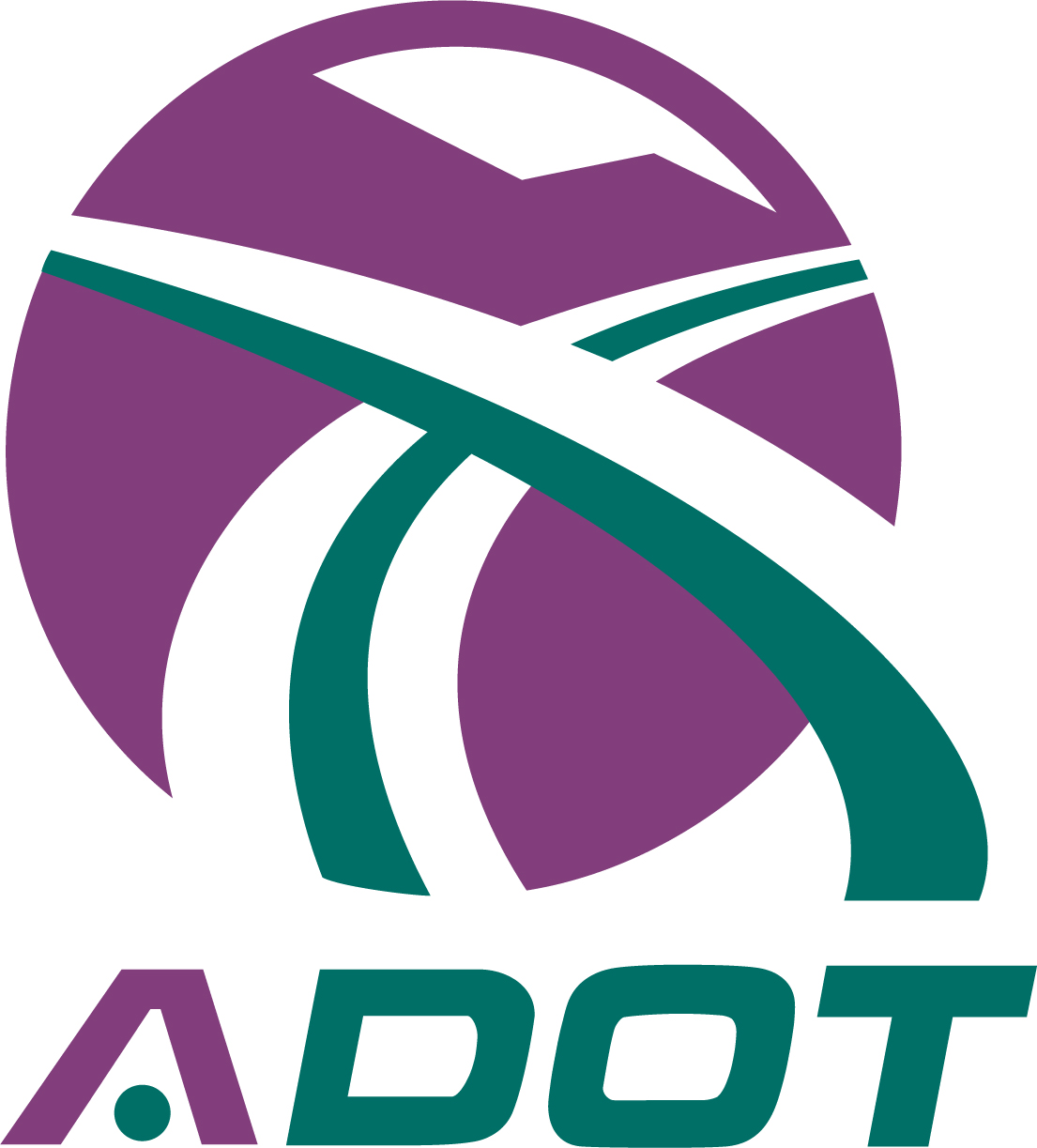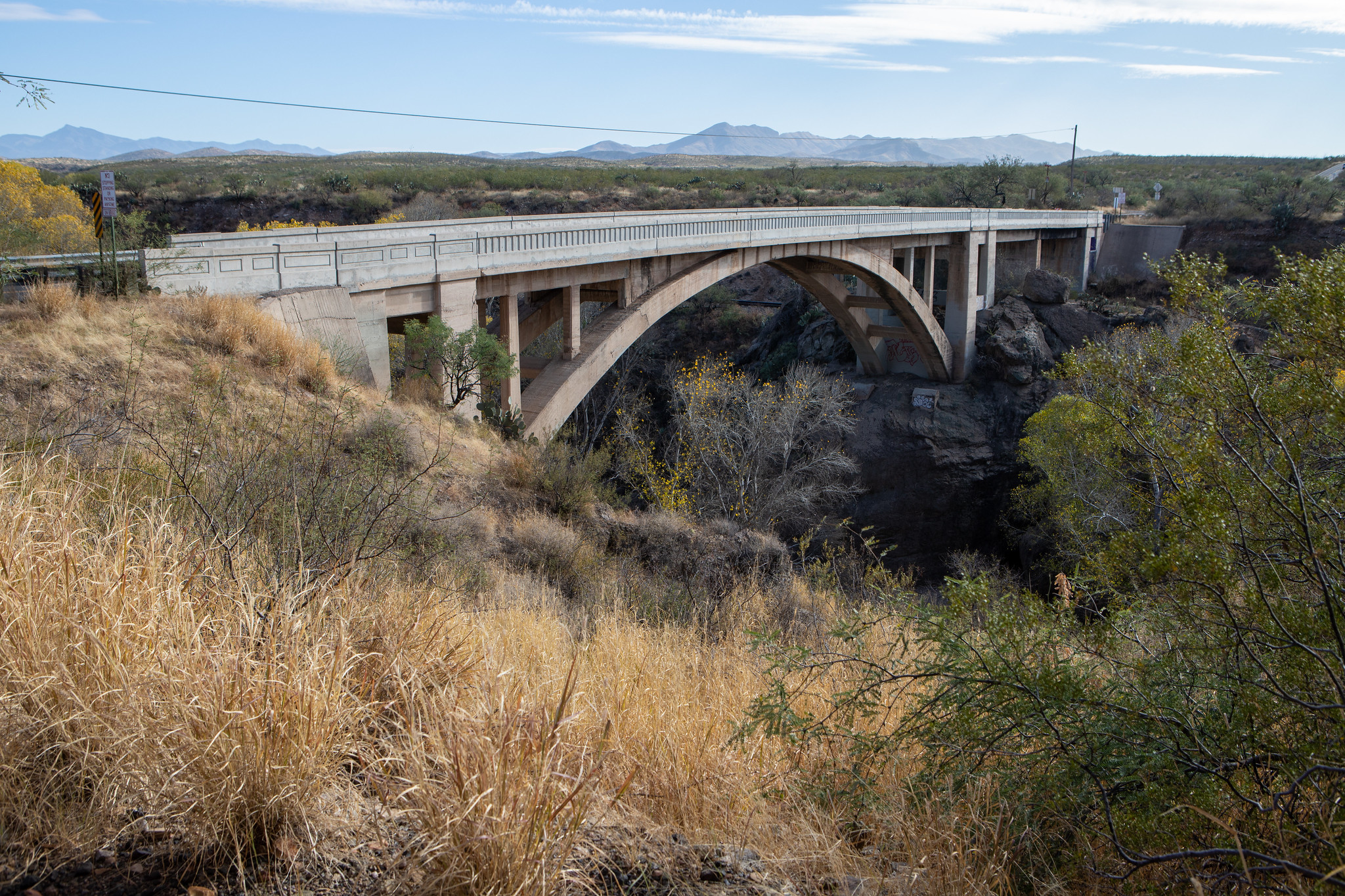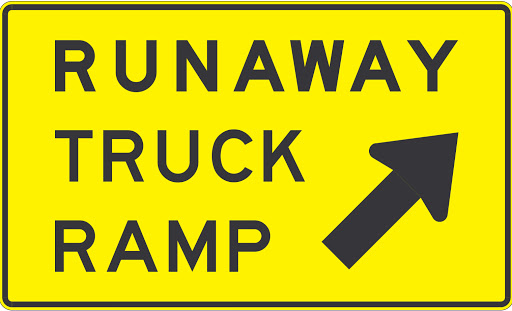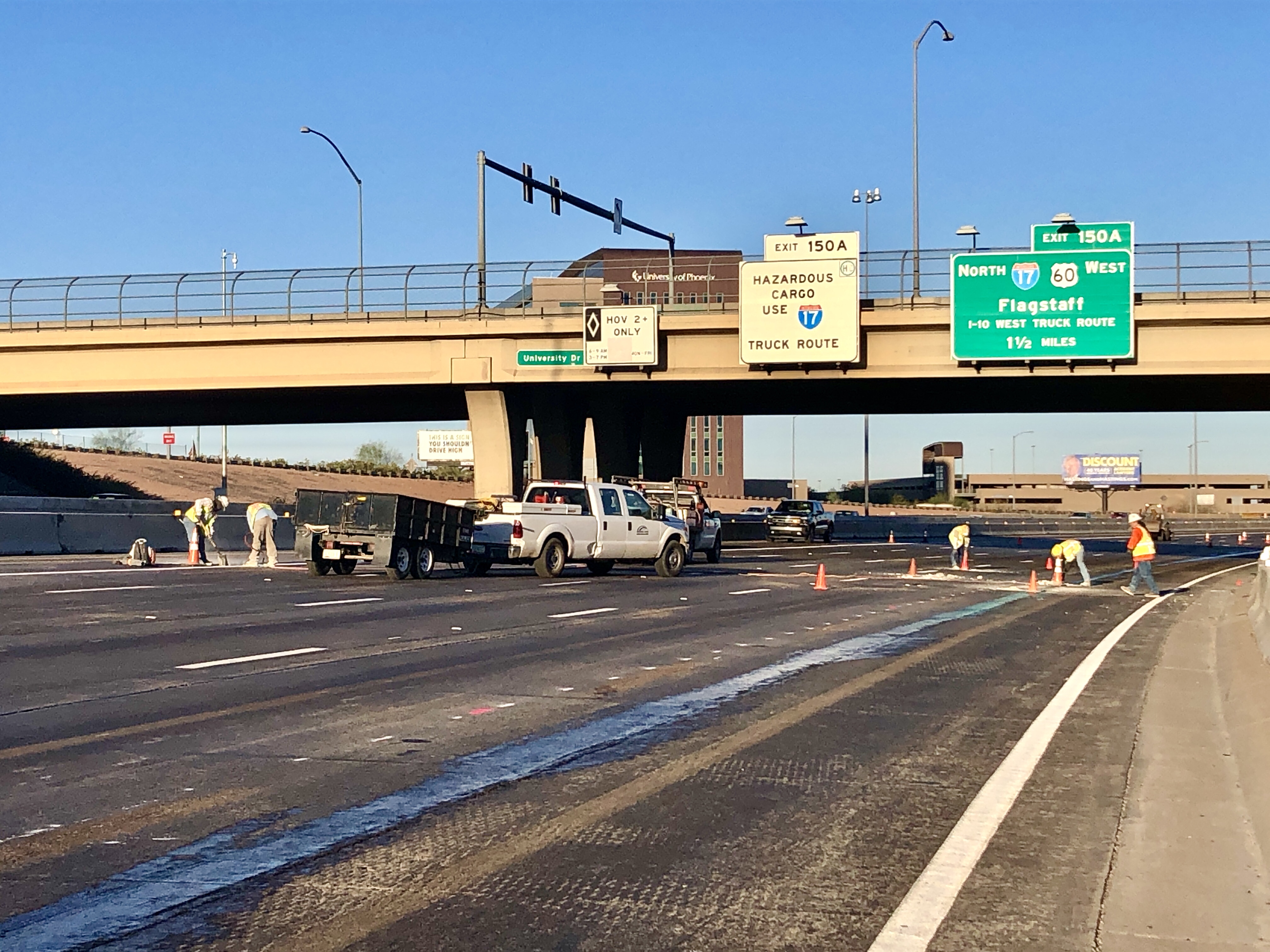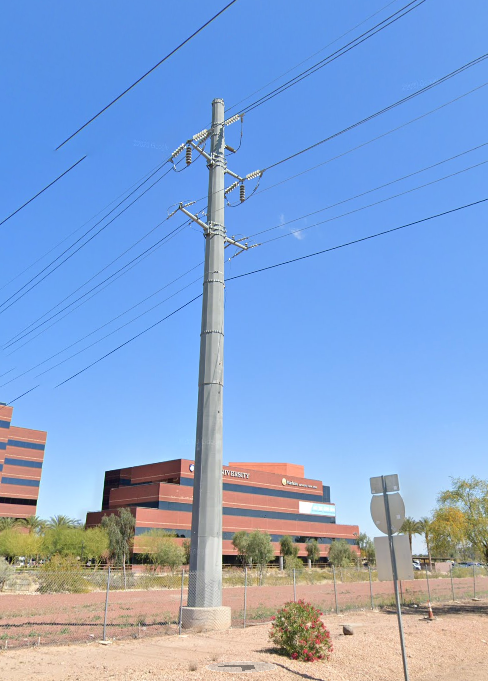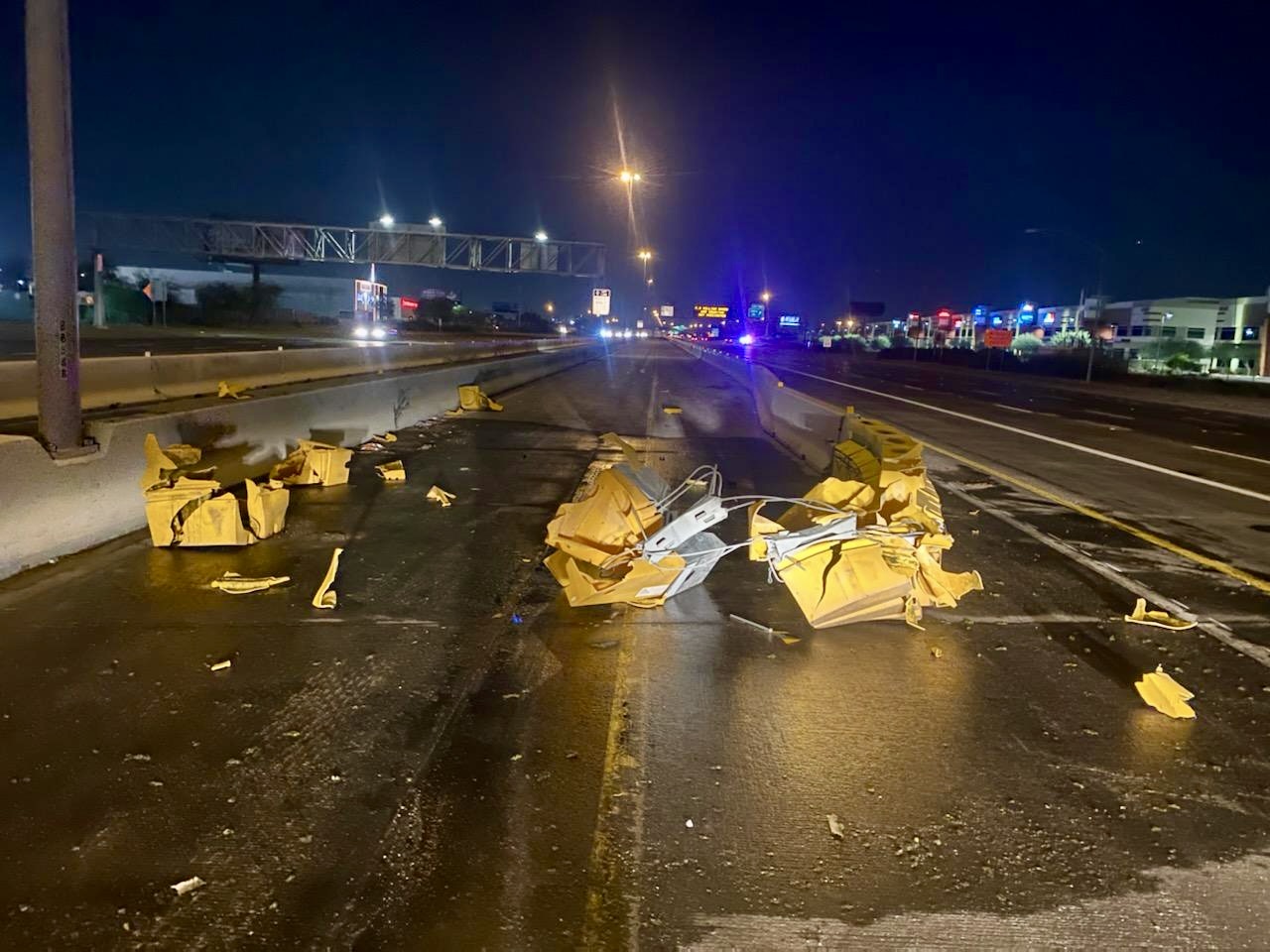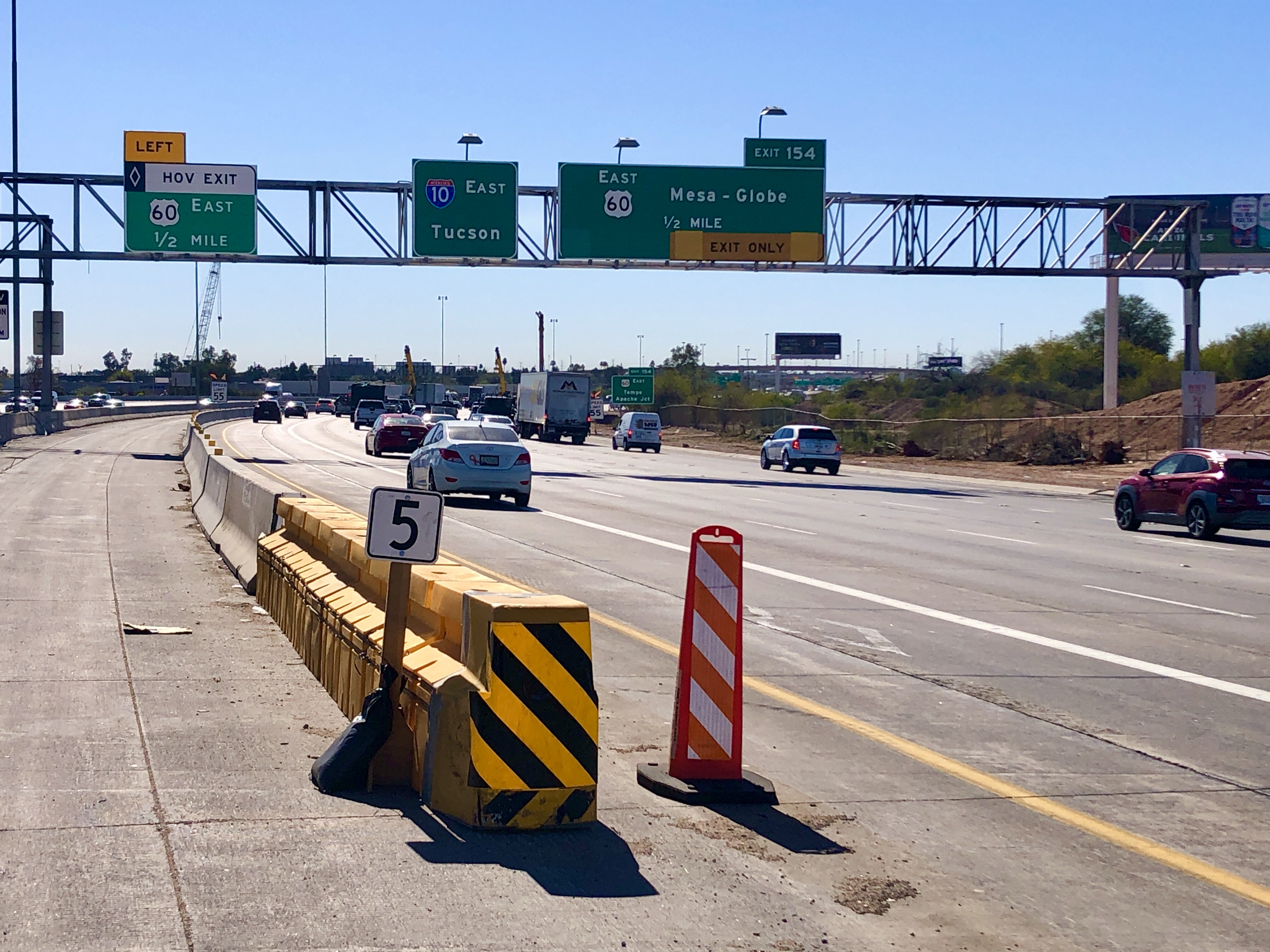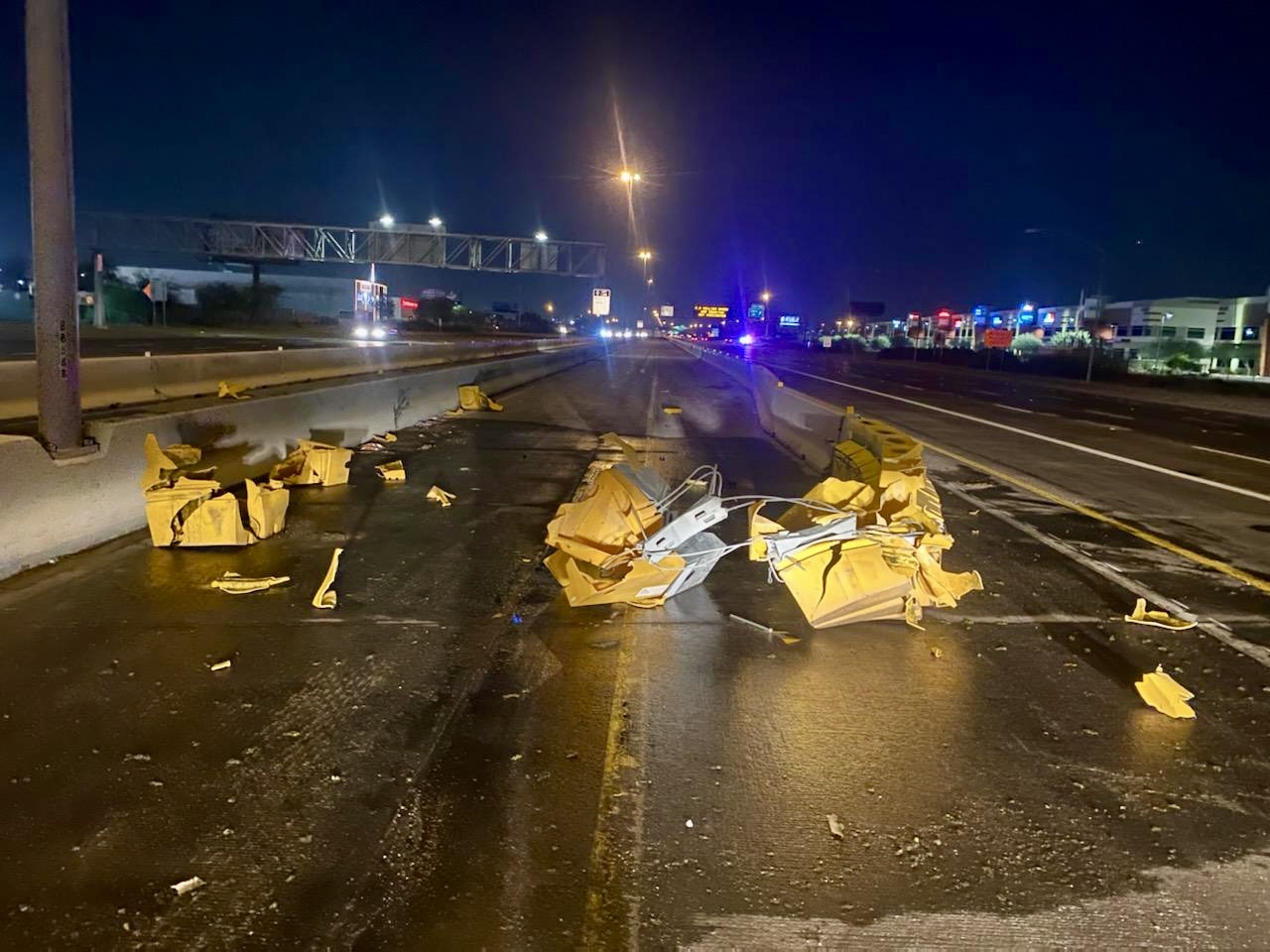Celebrate ADOT's birthday with a logo journey through time
Celebrate ADOT's birthday with a logo journey through time
Celebrate ADOT's birthday with a logo journey through time
Celebrate ADOT's birthday with a logo journey through time

July 1 is not only the beginning of a new month, one in which Arizona experiences its hottest average temperatures, but it’s also a very important day for us.
Today is ADOT’s 48th Birthday!
To celebrate, let us take a trip through the years and recount the agency’s history through our instantly-recognizable logos.
When The Arizona Department of Transportation officially emerged from the Arizona Highway Department in 1974, our logo consisted of a state shield and two vertical lines in a beautiful shade of copper. One vertical line is for highways and the other represents a runway. Did you know that ADOT owns and operates the Grand Canyon National Airport?
The copper logo served us well for 21 years until 1995 when ADOT’s graphic arts team developed nearly 60 ideas for a brand new logo. Those 60 were pared down to six and ADOT employees chose the emboldened Saguaro hovering above a sapphire-shaded Arizona with 43%. While definitely unique and maybe even a bit funky, these tints of blue only lasted four years.
In 1999, ADOT adopted a logo that would take us into the new millennium. The plum and teal design that features two interlocking highways with mountains in the distance and the agency's initials "ADOT" below. The logo is indicative of the beautiful southwest and was revealed to commemorate our 25th year as a state agency. In 2012, this logo was tweaked slightly, removing the road-mountain emblem and leaving only the "ADOT" as ADOT had morphed into a multi-modal agency with more priorities than only roads.
That brings us to today. Our current blue logo continues the same design from the last 10 years, but streamlines it with a sleek, sophisticated look -- gone are the plum and teal colors. This one was unveiled in 2019 when ADOT celebrated our 45th anniversary and took on official usage in 2020.
Five logos and nearly one half-century later, ADOT continues to grow and provide the people of Arizona a trusted public resource.
Which one is your favorite? Let us know!




